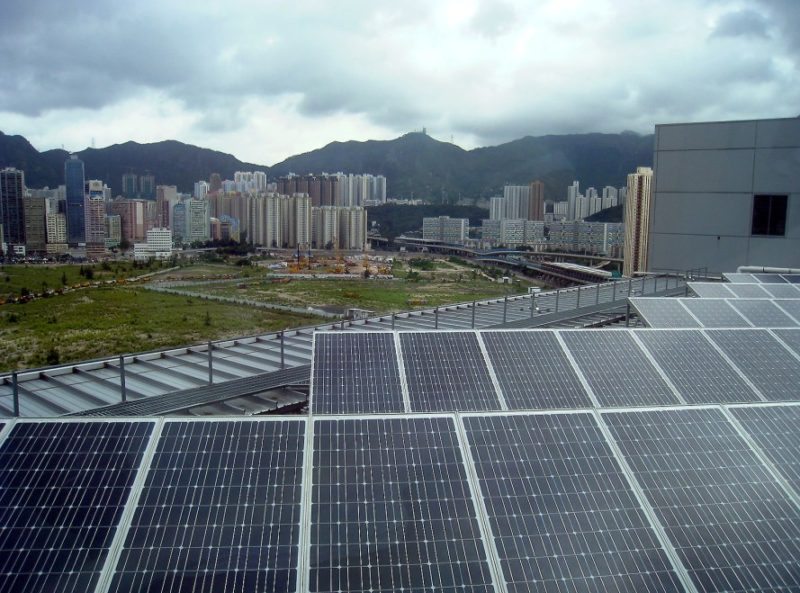Chinese Researchers Use Solar Panels to Collect Energy From Rain
Ron Perillo / 8 years ago
A team of four Chinese researchers from Yunnan Normal University and the Ocean University of China have discovered applying graphene to solar panels allows them to turn rain into a clean energy source. Cloudy skies are typically associated with solar panel inefficiency but the result from the team’s finding is the exact opposite, turning this weakness into one of its greatest strengths.
How does it work? By placing a graphene layer on top of exhisting solar cells, the scientists have discovered that the positively charged ions of different salts present in rain interact with the graphene’s electrons to produce electricity. Rain water carries ammonium, calcium or sodium which make this electric generation possible.
This is only the first phase of the research, as exciting as it may be, the results are still not as efficient as they could be, with the graphene-coated panels able to transform only 6.53 percent of the energy compared to regular solar panels which can convert around 22 percent of the sun’s rays into energy.
Other researchers from China have been researching alternative solutions to more efficient sun-and-rain solar panels as well other than graphene. Last month, a paper from China was published researching the use of Platinum alloy ((PtMx, M=Ni, Fe, Co, Cu, Mo)) to get similar results with a promising 10.38% photoelectric conversion efficiency.




















